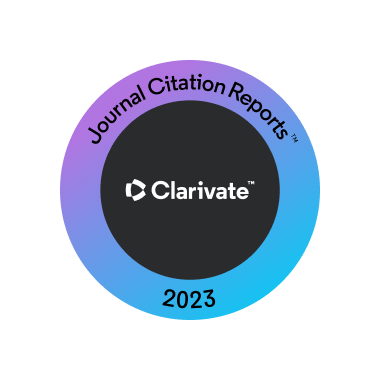Articles
Polymorphous adenocarcinoma (PAC) of the palate
INTRODUCTION: Polymorphous adenocarcinoma (PAC) is an uncommon slow-growing malignant neoplasm of minor salivary glands. Like other adenocarcinomas, this tumor arises from the mucus-secreting acinar cells of the salivary glands.
The aim of the present study was to present and discuss a case of PAC of the palate.
MATERIALS AND METHODS: A 91-year-old man was referred to our department because of his chief complaint that his upper denture did not fit properly any longer. On clinical examination, a firm painless swelling covered by intact mucosa was noted in correspondence of the upper right vestibular fornex.
In agreement with the patient, an incisional biopsy specimen was taken, and the lesion was histologically diagnosed as PAC.
DISCUSSION: Polymorphous adenocarcinoma (PAC) is a malignant epithelial tumor that is characterized by morphological diversity, cytological uniformity, and an infiltrative growth pattern. Macroscopically, it presents as firm, circumscribed, unencapsulated, yellowish-tan lobulated nodules of variable size.
Histopathologically, diagnosis is difficult because it is characterized by variable growth patterns and is easily confused with other salivary gland carcinomas. PAC is an indolent malignancy that frequently manifests as asymptomatic often causing delay in the diagnosis.
Management is based on primary local control with wide surgical excision, when it is possible.
CONCLUSIONS: PAC is the second most common malignancy of minor salivary glands. It is a non-aggressive tumor with low potential for metastatic
spread, but harbors the ability to gain great dimensions and to recur after prolonged periods.
CLINICAL SIGNIFICANCE: Patients with PACs should be treated with complete excision, where feasible, and monitored for recurrence.
Per continuare la lettura gli abbonati possono scaricare l’allegato.






